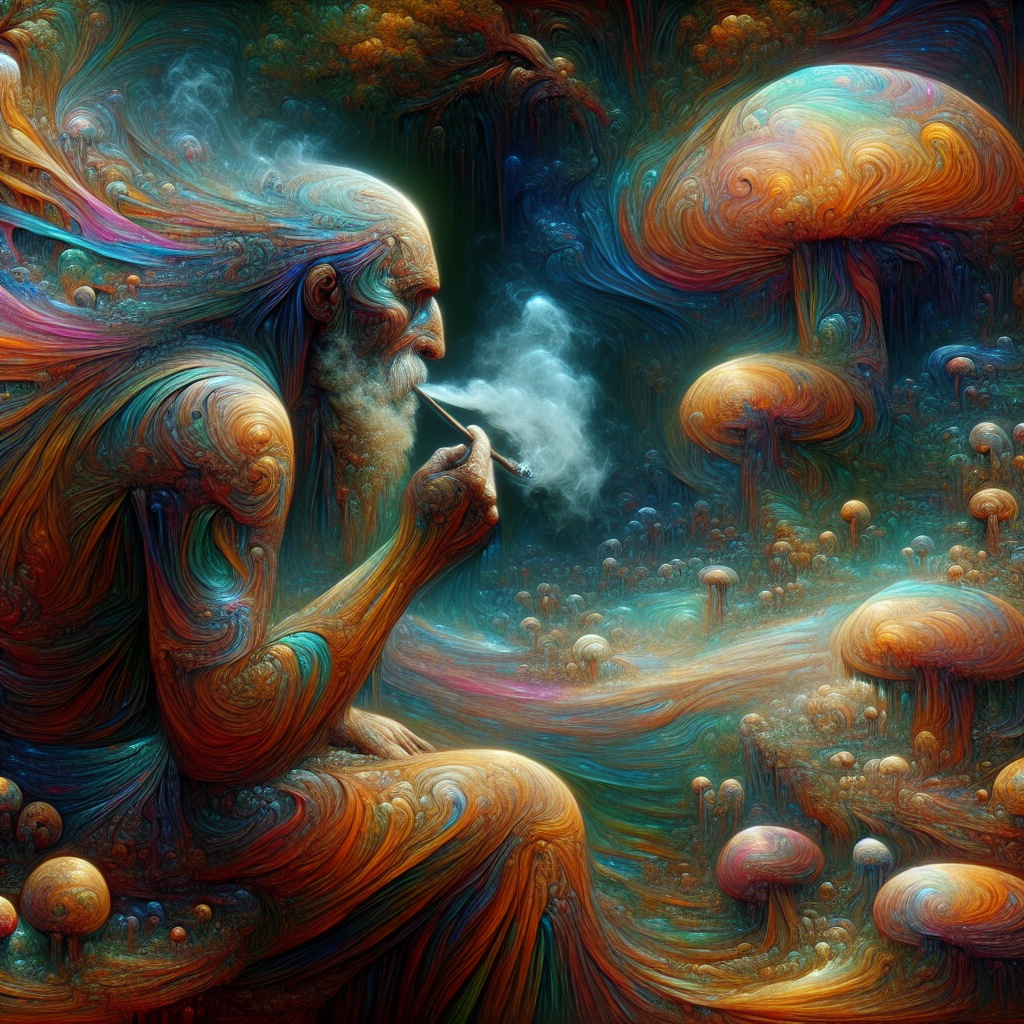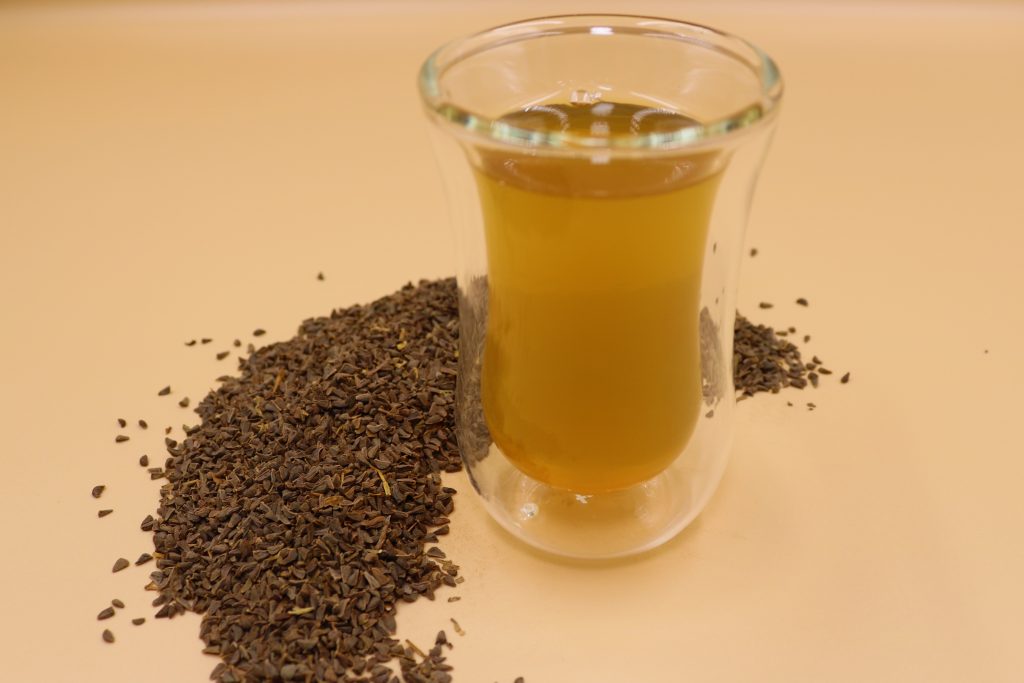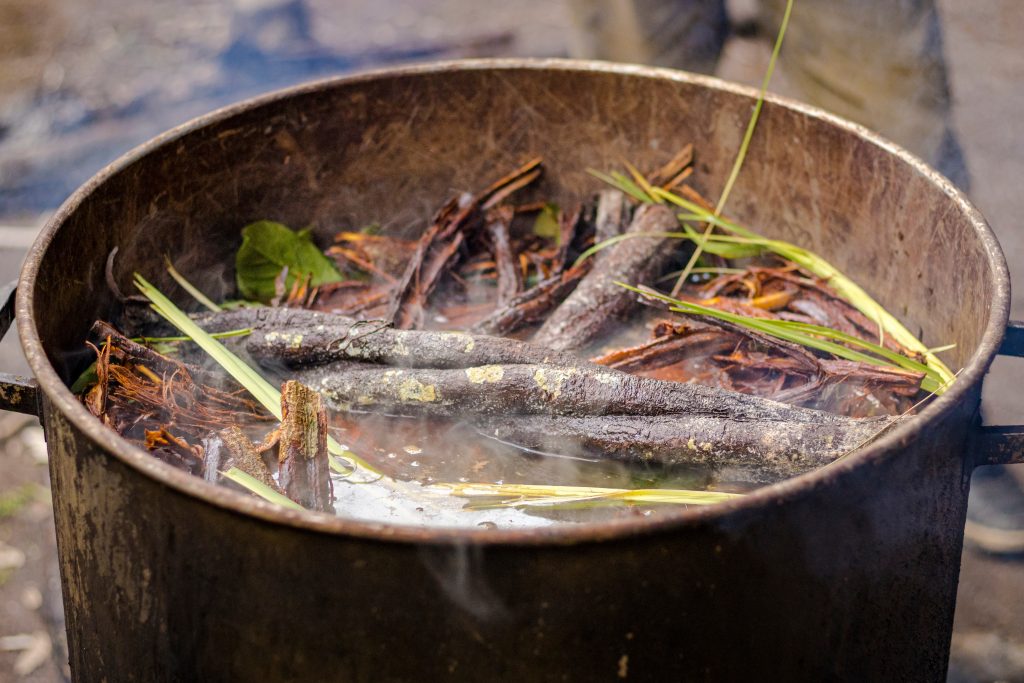Ancient Psychedelic Insights – Was Moses on DMT?

Introduction
I recently had a thought-provoking conversation about psychedelics and Biblical Narratives. A friend proposed that the tale of Moses encountering the burning bush could potentially have been induced by psychedelics. Intrigued, I embarked on a journey to delve into what substances he might have used. According to tradition, Moses was situated on Mount Horeb in the Sinai Peninsula, in Egypt, where the Acacia tree and Syrian rue are found. Where this story is often described as a supernatural event or apparition, it’s fascinating to consider the possibility of psychedelic involvement. DMT, often referred to as the ‘spirit Molecule’ is known for inducing mystical experiences, including encounters with otherworldly entities and alternate dimensions.
So, I couldn’t help but wonder: Did Moses embark on a DMT trip or perhaps an Analogue Ayahuasca adventure?
Transitioning from ancient narratives to contemporary insights, Benny Shanon, an Israeli professor of cognitive philosophy, offers a thought-provoking perspective on the events at Mount Sinai. He writes in the British Journal Time and Mind.
As far as Moses on Mount Sinai is concerned, it was either a supernatural cosmic event, which I don’t believe, or a legend, which I don’t believe either, or finally, and this is very probable, an event that joined Moses and the people of Israel under the effects of narcotics.
Shanon, a professor at Hebrew University said
Two naturally existing plants in the Sinai Peninsula have the same psychoactive components as ones found in the Amazon jungle and are well-known for their mind-altering capabilities. The drugs are usually combined in a drink called ayahuasca.
It’s not difficult to imagine that the people back then knew every plant that grew in their region: what was safe to eat, what had healing properties and what was harmful.
Hypothetically, It is possible that Moses ventured into the wilderness to ask God for help. Taking the seeds of the Syrian rue to the Acacia tree, knowing what plants opened a window to the unseen and where to find them.
It is only in modern times that these plants have been criminalised, but it is apparent that psychedelics were used all over the world to reach out to ‘The Gods’. It makes me wonder if all the “apparitions.” in religious texts were psychedelic experiences. Would they even have bothered to mention the taking of plant medicines if it was such a normal part of life?
Nowadays it’s not unusual for trippers to connect with gods, angels, and devils, Yet now we see it as a personal experience, and if you were to tell others they would think, ‘Well you were just tripping’. It would not be taken as the Gospel.
Let’s explore the fascinating combination of the Acacia tree and Syrian Rue. When these two plants are brought together, remarkable things happen.
Many varieties of Acacia trees grow in the Middle East, and it is impossible to know which Moses may have taken. Some have much higher levels of DMT than others. From my research, Acacia confusa and Acacia obtusifolia are the trees most often used to make Analogue Ayuhuasca, as both have relatively high DMT content and are widely available for legal purchase.
What is DMT?

DMT stands for N, N-Dimethyltryptamine, a powerful psychedelic compound. It is found naturally in many plants and animals, including humans, primarily in the pineal gland.
There is a freshwater Amazonian fish called the ‘dreamfish’ with a relatively high DMT content. That is probably how it got its name.
DMT profoundly alters consciousness, as it acts on the serotonin receptors in the brain, particularly the 5-HT2A subtype. This induces intense visuals, auditory hallucinations, changes in perception of time and space, and ego dissolution— a profound feeling of interconnectedness with the universe, others and all of existence.
Before science emerged our ancestors used many different ways to ingest DMT. It is unlikely they experienced the same levels of intensity that can be experienced with pure DMT use today.
Methods of Consumption

Chewing: The leaves or bark were chewed to enable absorption through the mucous membranes that line the mouth. This allows for a relatively rapid absorption and bypasses the digestive system and liver which breaks down the compounds before they can pass through the blood-brain barrier.
Smoking: Smoking the dried leaves or bark enables a rapid onset of effects within seconds of inhalation.
Snuffing: The bark is ground into a fine powder and then sniffed or blown into the nasal passages. This method has rapid effects as it is absorbed through the nasal mucosa
Enemas: The mucous membranes of the rectum rapidly absorb the compound, allowing the DMT to enter the bloodstream quickly and bypassing the first metabolism of the liver.
Tea: The bark and leaves are boiled in water. Typical ratio of one part plant material to ten parts water. The liquid is boiled for 3 to 4 hours to reduce the liquid and extract the DMT.
Syrian Rue

Syrian rue is the second compound that can be added to produce an analogue Ayauasca. It is said to have a very pungent smell and is used in the Sufi tradition to ward off evil spirits. The plant can be dried, and set on fire, and the smoke wafted around, similar to a sage smudging stick.
It grows in many places around the world with arid conditions. It is a native plant in the Mediterranean, Middle East and North Africa. It is used in traditional Ayurvedic medicine for various ailments and has been for centuries.
In the Sufi tradition, it is thought that each Syrian Rue seed has an angel attached, that drives out negative energies from the body restoring positivity and mental clarity.
Psychoactive Alkaloids: Syrian Rue contains many psychoactive alkaloids. These alkaloids are classified as beta-carboline and have monoamine oxidase inhibitory (MAOI) properties. These alkaloids can change how our brains work by stopping the MAOIs from breaking down serotonin and dopamine.
As a psychoactive taken alone, Syrian Rue is not effective for inducing a mind-blowing experience.
It can, however, have a mild effect such as colour changes, fractals and feelings of relaxation.
In most trip reports I’ve read people stated that the discomfort far outweighed the benefits, taking more than five grams of the seeds only increases the discomfort without enhancing the psychoactive benefits and can not only cause prolonged vomiting but increase the risk of ‘serotonin syndrome’. An excessive amount of serotonin in the body can be life-threatening. We will go into more detail about that when talking about the contraindications of analogue Ayahuasca.
Analogue Ayahuasca

Analogue Ayahuasca has the effects of Ayahuasca but instead of using the traditional plants found in the Amazon that contain DMT and MAOIs, Psychotria viridis and Banisteriopsis caapi, two other plants that contain the same compounds are used instead. There are hundreds of plants in the world known to contain DMT, and many contain MAOIs. When used together the MAOIs stop the rapid breakdown of the DMT, extending the duration of the experience.
For me, the effects lasted at least eight hours, though they became less intense over time. Even after the ceremony ended and I went to bed, it seemed to continue in my dreams.
There are various ways of ingesting these two ingredients, but the most common approach involves boiling them together in water. The amount of Acacia bark added should be carefully considered, taking into account individual tolerance and desired potency. However, a common guideline is approximately 25 to 50 grams of shredded bark per person, with a maximum of five grams of Syrian Rue.
It is also recommended to take the brew in three small doses over several hours, rather than all at once.
Erring on the side of caution is always advisable. It is far better to have a shorter trip than to risk experiencing serotonin syndrome.
Contraindications

With Ayahuasca there is a surprising number of Contraindications that are extremely important to follow. There have been several deaths associated with Auahuasca and even though there isn’t a great deal of information about why people died it is likely attributed to them not taking into account the medications they are taking or there being too much of the MAOI in the brew or preexisting health conditions. Visit this link for a full list of contraindications. Below is a short list of prescription medications and food that should be avoided, but there are many more.
- Antidepressants: Combining MAOIs with drugs that affect neurotransmitter levels, particularly serotonin can lead to serotonin syndrome. Antidepressants and Parkinson’s disease drugs should be stopped for at least two weeks before consumption.
- Opioids: Medications like oxycodone and morphine as well as non-prescribed drugs like heroin should be avoided. These substances can depress respiration and impair consciousness. Risking respiratory depression, sedation and overdose.
- Benzodiazepine medications, such as diazepam for anxiety and sleep disorders are also best avoided. These drugs have sedative effects which can reduce the intensity of the Analogue Ayahuasca experience and cause sedation and confusion.
- Fermented or aged foods can interact with MAOI potentially leading to adverse reactions. These foods contain tyramine, a compound that can cause a sudden and dangerous increase in blood pressure called a hypotensive crisis or serotonin syndrome.
- Ages cheeses such as cheddar, blue cheese or Swiss cheese.
- Fermented meats such as Pepperoni, salami, or aged sausage.
- Fermented or aged soy products such as Tofu, soy sauce or Miso.
- Pickled or fermented vegetables such as sauerkraut or Kimchi.
- Fermented drinks such as beer, wine, or aged spirits
- Yeast extracts such as marmite, or vegemite.
- Overripe fruit that could have started to ferment.
Maintaining a simple diet for at least a week leading up to an Ayahuasca experience is recommended. Some foods it’s advisable to take out of your diet for a few days prior, including, Dairy products, red meats, pork, sugar, salt, seafood, ripe bananas, avocado, smoked products, coffee, chocolate, and dried fruits.
Even though Acacia confusa, Acacia obtusifolia, and Syrian Rue are easy to obtain on the internet, Acacia is sold as a tannin for dyeing fabric, and Syrian Rue can be bought from garden seed suppliers. This allows for an Ayahuasca experience outside of a retreat setting. It is extremely important to follow the guidelines for use.
You should have a trusted trip sitter, as even though the experience can be life-changing, it can also be quite uncomfortable with vomiting, diarrhoea, and disorientation.
Brewing your own medicine can also be risky because accurate measurements of each plant are crucial. It’s advisable not to indulge if you have mental health problems without the support of professional practitioners.
Conclusion

Whether or not Moses or any other religious figure consumed psychedelics to gain their insights remains a mystery. The origin of their messages is forever obscured. It is interesting to consider how many religions might have been influenced by Earth’s myriad, magical plants. Perhaps, the essence of these messages transcends their origins. Whether rooted in the heavens or the soil, these revelations hint towards the profound and hidden wisdom accessible through the earth’s medicinal gifts.
